
Overview
Twitter: @Laura_Newsome
Research group: http://blogs.exeter.ac.uk/em3group/
Research
I am a geomicrobiologist interested in understanding the behaviour of contaminants and metals in the environment, and how microorganisms can be used for bioremediation and bioprocessing applications. My research is interdisciplinary and incorporates microbiology, mineralogy and geochemistry to develop new insights into biogeochemical metal cycling in natural and engineered environments.
My research interests range from the nanoscale to the field scale. I use cutting edge microscopy and spectroscopy techniques to investigate the mechanisms by which microorganisms interact with metals and minerals. I work with samples that are naturally rich in metals and samples from metal-impacted environments, characterising their microbial communities and investigating how microbial processes can mobilise, redistribute and sequester metals. I’m also interested in exploring how we can use microorganisms to help recover metals from ore deposits.
I joined the Environment & Sustainability Institute and Camborne School of Mines in October 2018.
Publications
My Google Scholar Profile
Biography
2017 – 2018 Research fellow, University of Manchester
2015 – 2017 Research associate, University of Manchester
2011 – 2015 PhD Geomicrobiology & Biogeochemistry, University of Manchester
2009 – 2011 Radioactive substances & chemicals scientist, Environment Agency
2008 – 2009 Environmental consultant, WYG
2005 – 2008 Environmental consultant, URS
2001 – 2005 MGeol Environmental Geology, University of Leeds
Opportunities
If you’re interested in research collaboration, a PhD or an MSc, please do get in touch. Happy to discuss research projects on biogeochemical cycling, microbe-metal interactions - especially e-tech elements, subsurface microbiology, bioremediation and much more!
For an example of a PhD project currently available for self-funded students "Impacts of weathering, redox cycling and microbial activity on the formation of kaolinite (china clay)" please see http://blogs.exeter.ac.uk/em3group/2020/04/28/kaolinitephd/
Further information
Research
Current research projects
Lithium for Future Technology (LiFT)
Decarbonisation of energy and transport is one of the major challenges facing the global economy. A sustainable supply of Li for the batteries required for electric vehicles and energy storage is a crucial part of that challenge. The LiFT project is an interdisciplinary and collaborative research project that aims to deliver advances to our understanding of the lithium biogeochemical cycle, quantify lithium resources, characterise fluxes and investigate the environmental impacts of lithium extraction. At Camborne School of Mines we will focus on the microbiology and biogeochemical cycling of Li in salars and sustinable mining methods.
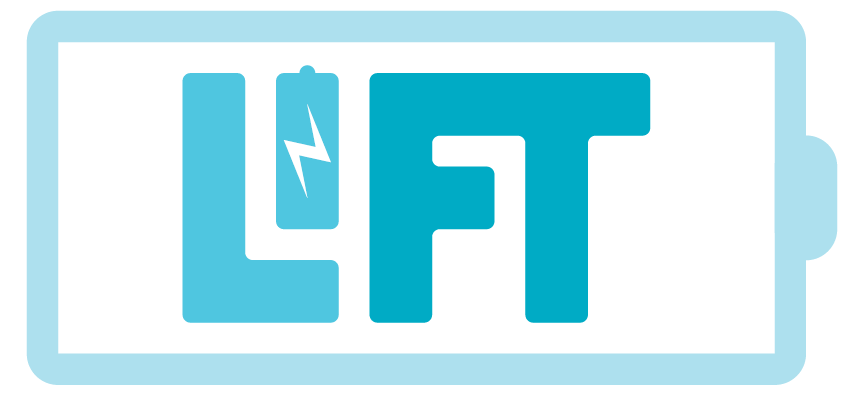
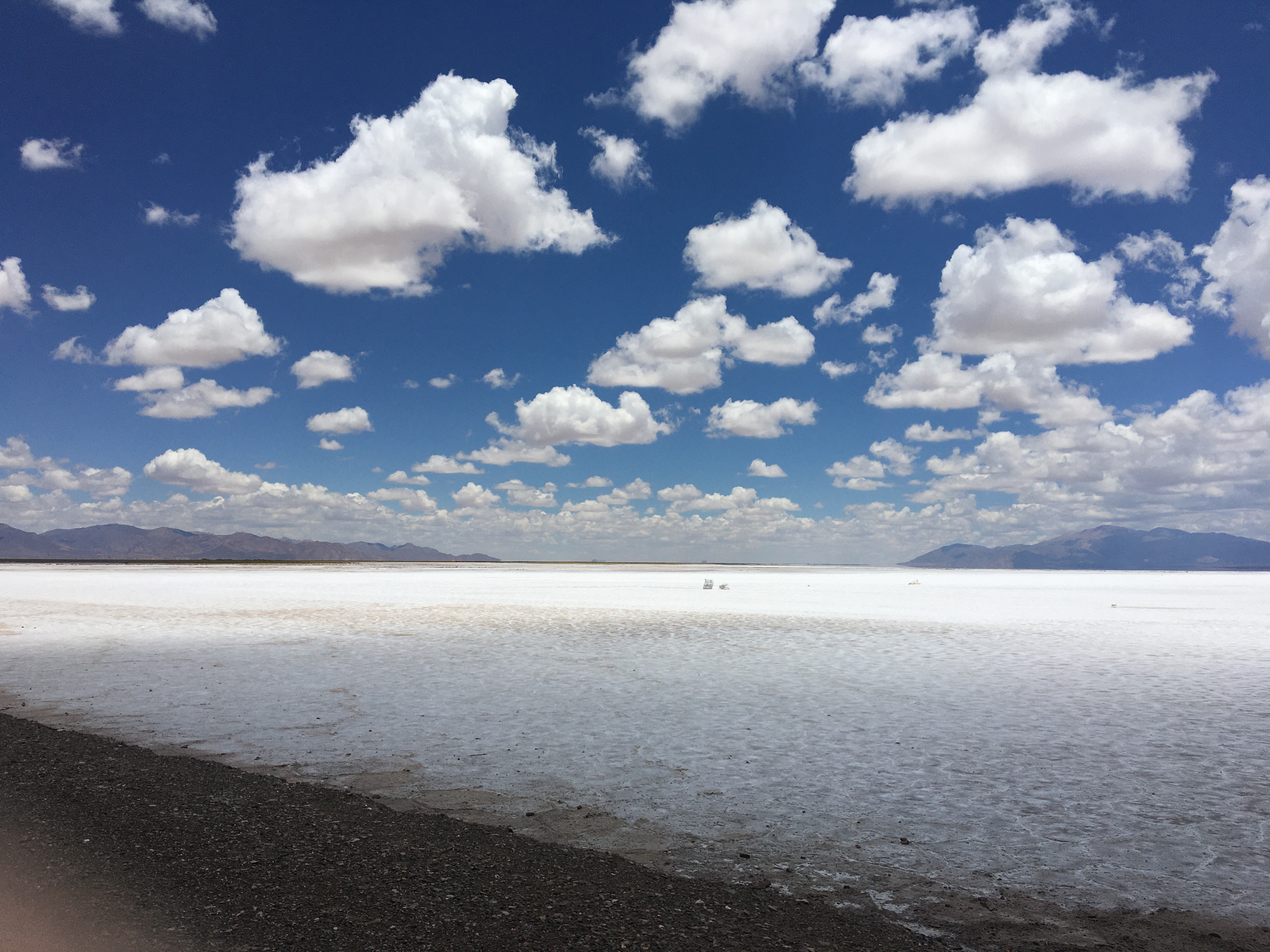
Understanding the geomicrobiology of UK groundwater and its impact on geoenergy
Geothermal energy is a low carbon energy source, not only is it beneficial for limiting climate change, it also enhances energy security. Microbes are present in most subsurface environments and microbial metabolism influences the environmental conditions via biogeochemical cycling of metals, sulfur, carbon and nitrogen. However, little is known about the effect of geothermal energy production on microbial communities, nor on how microbial processes might impact on the performance of geothermal systems. This research project will study how subsurface microbial communities respond to drilling, as well as addressing fundamental questions regarding the influence of geology and hydrogeology on microbial communities. More information about the UKGEOS programme: https://www.ukgeos.ac.uk/
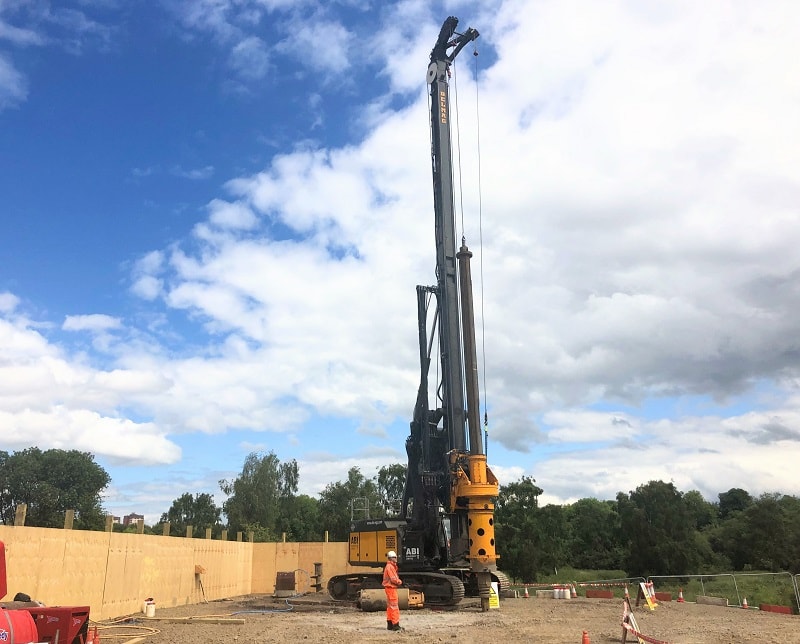
Does microbial community functioning control the success of mine waste rehabilitation?
Waste materials abandoned from historic metal mines sometimes hundreds of years old are polluting our environment today. Toxic metals are eroded from mine waste by wind and water then transported into the environment as dust or washed into rivers and estuaries. Plants can be grown on mine waste to minimise this erosion, but we don’t fully understand why in some cases plants thrive, but in other cases their growth suffers. In all soils microorganisms play a crucial role in providing the essential elements that plants need to grow. This project will investigate how soil microorganisms help plants to grow in wastes at an abandoned metal mine site, and whether microbial activity might help to protect the plants from the impact of toxic metals.
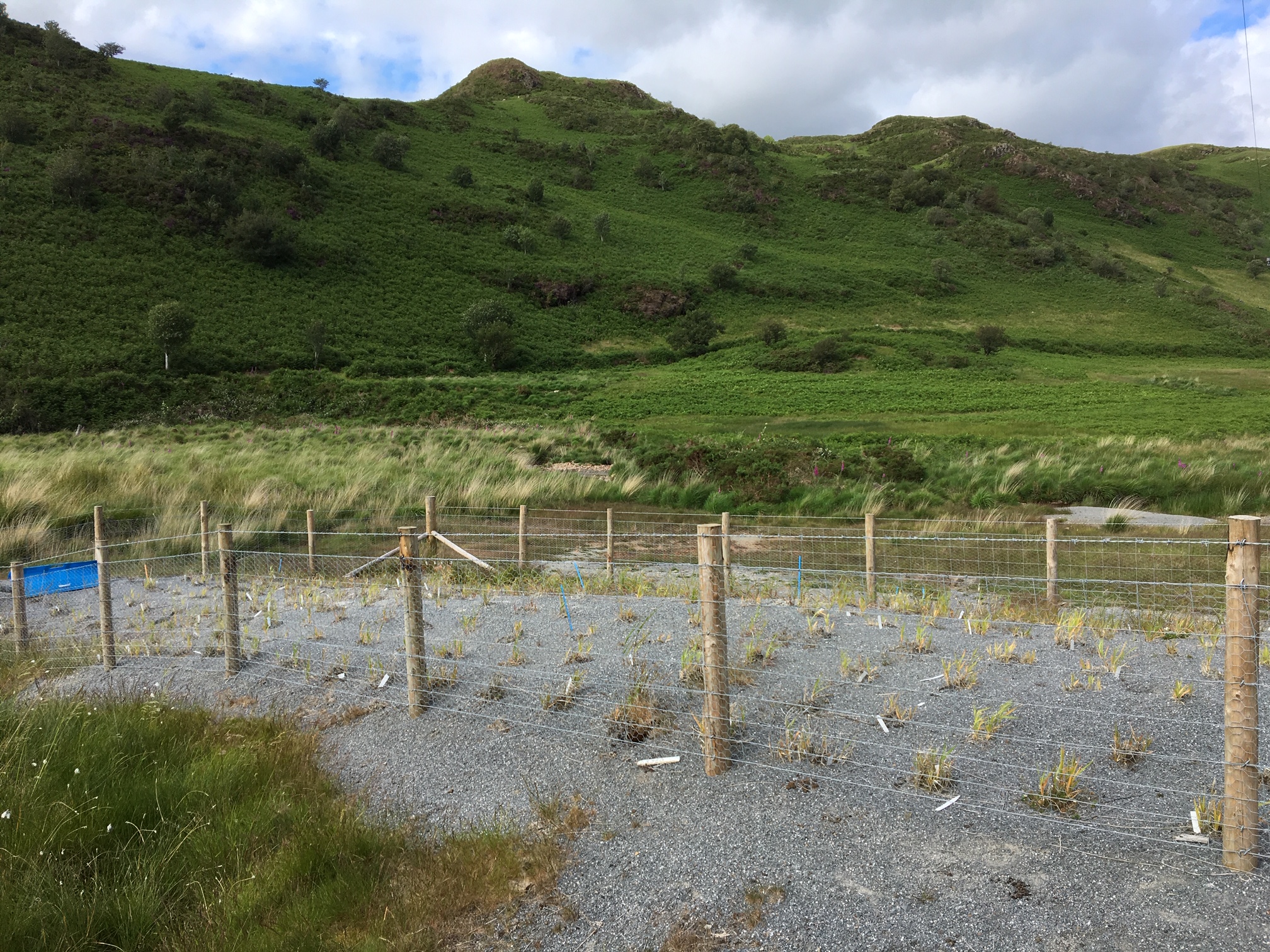
Previous research projects
Cobalt: Geology, Geomicrobiology and Geometallurgy
The principal aim of CoG3 project is to understand the natural behaviour and biogeochemistry of cobalt in order to develop and apply novel bioprocessing strategies for cobalt extraction, recovery and the synthesis of targeted products using an integrated multi-institute and multidisciplinary approach. Our work package focussed on understanding the natural biogeochemistry of cobalt in both aerobic and anaerobic environments. Further information at: https://www.nhm.ac.uk/our-science/our-work/sustainability/cog3-cobalt-project.html
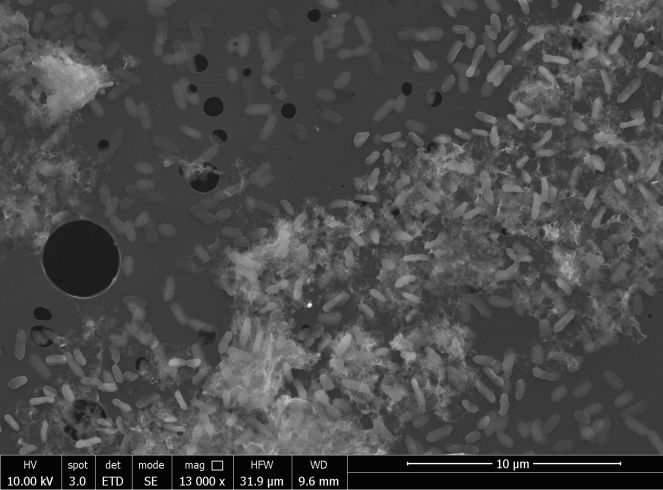
Nanoscale imaging of microbe-mineral interactions
Microbial processes mediate the redox state of many metals, which in turn controls their mobility in the environment and the stability of a wide range of mineral phases. Advances in molecular ecology, genomics and post-genomic technologies have given us significant insight into the diversity of the organisms responsible for these important processes, and the underpinning physiology, often at a genetic level. In parallel, developments in nano-scale imaging and spectroscopy now offer the potential to reveal how these biological processes impact on the geosphere at an atomic-scale. The overall aim of this project was to gain a deeper understanding of key microbial-mineral interactions at the nano-scale using a combination of new state of the art synchrotron imaging techniques, including STXM, alongside microbiological, microscopy, geochemical and modelling approaches. My work focussed on the microbial reduction of insoluble Fe(III) oxyhydroxides, to identify the nano-scale processes controlling this ubiquitous form of anaerobic respiration, and its impact on arsenic mobility.
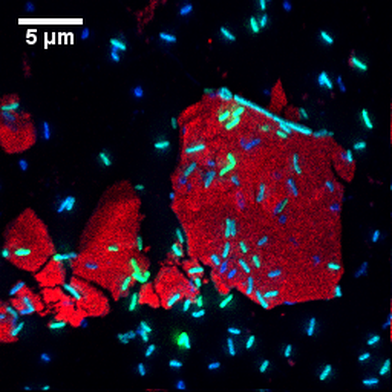
External Engagement & Impact
Committee / panel membership
- Chair of the Environmental Mineralogy Group special interest group of the Mineralogical Society of UK and Ireland (https://www.minersoc.org/emg.html)
- Web editor and committee member of the Royal Society of Chemistry Environmental Chemistry Group (https://www.envchemgroup.com/)
- PhD committee/examiner: Valerio Cappadona, University of Strathclyde, 2020 (external); Isobel Stanton, University of Exeter, 2019 (internal); Matthew Kirby, Imperial College London, 2019 (external)
Outreach
- Metals and Radioactive Substance Bioremediation – a child centric microbiology education framework, 2021
- “Geomicrobiology – how microbes change the Earth” public lecture for the Royal Cornwall Geological Society, 2021
- Creative Exchange 'Hidden in Plain Sight', 2020
- 'Making Microbes Work for Us' public lecture, Dorset, 2020
- Environment and Sustainability Day 2020 'Sustainable Futures for Cornwall', and 2019 ‘Sustainable Fashion – Catwalk to Global Cat-astrophe’
- 'Life at the Extremes' at Bluedot festival, Jodrell Bank, Cheshire, 2017 & 2018, and the UK Space Festival, 2017.
- 'Cobalt is Critical' at Science Uncovered, Natural History Museum, Tring, 2017
- 'Making Microbes Work for Us' public lectures, Manchester, 2016 & 2017
- 'Alienated Life' at Manchester Science Festival, Manchester, 2015 & 2016
- 'How to Build a Nuclear Repository' at Science Uncovered, Manchester Museum, Manchester, 2015
Conference organisation
- Session on 'Minerals and Our Living World; Biogeochemical Cycles, Environmental Challenges and the Origin of Life', European Mineralogical Conference: emc2020, Krakow, 2021
- 'Chemistry for the Environment', Royal Society of Chemistry, 2021
- ‘Minerals in a Sustainable Future’, British Geological Survey, 2019
- 'Clay Minerals in the Natural and Built Environment: Formation, Chemistry & Applications’, Newcastle University, 2019
- ‘21st Century Chemistry: Disposing our Nuclear Legacy’, Royal Society of Chemistry, 2019
- ‘The Geochemistry and Mineralogy of Contaminated Environments’, Royal Society of Chemistry, 2018
- Session on ‘The Geochemistry of Metal Deposits’ at the Goldschmidt Conference, Paris, 2017
Professional body memberships
- Royal Society of Chemistry
- Mineralogical Society of Great Britain and Ireland
- Microbiological Society
- British Ecological Society
Teaching
I teach/have taught on the following modules
Year 1
- CSM1031 - Earth & Environmental Chemistry (module lead)
- CSM1036 - Field Geology and Geological Maps
- BIO1425 - Microbes
Year 2
- CSM2184 - Geological Mapping Techniques
Year 3
- CMS3039 - Safety & Sustainable Development
- CSM3042 - Industrial Placement & Project
- CSM3049 - Contaminated Land Management & Remediation (module lead)
- CSM3379 - Summer Vacation Project (research projects)
Year 4
- CSMM441 - Mine Waste Characterisation, Prediction and Treatment
- CSMM440 - Research Frontiers in Earth Science
- CSMM135 - Economics, Processing & Environment
- CSMM047 - Project and Dissertation (research projects)
I am a Fellow of the Higher Education Academy
Supervision
Current PhD/MRes students
- Jody Grassby (2019-2023) Understanding how time-dependent changes in biogeochemistry, microbiology and mineralogy of mine waste can contribute to, or limit the impact of, environmental metal pollution
- Eliana Molina Ramirez (2020-2022) Low-cost methodology for determining and applying suitable remediation techniques for mercury pollution in contaminated environments by gold mining activities
- Becca Kirk (2021-2025) Natural biogeochemistry of lithium: resource formation, biorecovery and environmental impacts
- Peirou Li (2021-2025) The study on effect and reaction mechanism of biogenic Mn oxides on remediation of heavy metals
PhD theses
- Agustín Solano Arguedas (2019) The geomicrobiology of iron, cobalt, nickel and manganese in lateritic tropical soils from the Santa Elena Peninsula, Costa Rica, University of Manchester (co-supervisor with Prof. Jon Lloyd)
- Adrian Cleary (2018) Assessment of natural attenuation and targeted in-situ remediation of radioactively contaminated land, University of Manchester (co-supervisor with Prof. Kath Morris)
MSc theses
- Aleanor Bakes (2020) An investigation into the prokaryotic diversity of a variety of mining environments and their role in secondary mineral formation, University of Exeter
- Verity Fitch (2019) A critical review of the contaminated land site, Wheal Maid and an investigation into the lack of oxidation occurring within pyrite rich tailings, University of Exeter
- Yunyao Luo (2018) Identification and characterisation of cave manganese(II) oxidising microorganisms in the presence of lead, University of Manchester
- Ruoyan Xu (2017) Cobalt extraction through bioprocessing of Co-bearing minerals, University of Manchester
- Jinxin Xie (2017) The investigation of the effect of organic matter and microbial communities on microbially reducing conditions at the Sellafield site, University of Manchester
- Haydn Haynes (2014) Geochemical cycling of uranium in clays, University of Manchester
BSc research projects
- Ben Clitherow (2021) Is it possible to predict the formation of biofilms in geothermal systems?, University of Exeter
- Jakob Holland (2021) Can ore bioleaching with phosphate solubilising microbes be optimised?, University of Exeter



